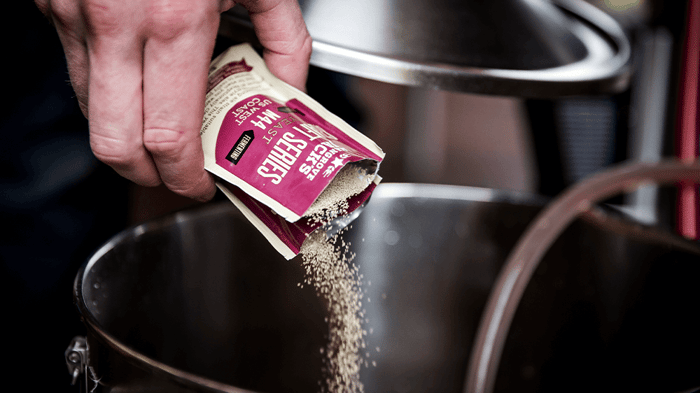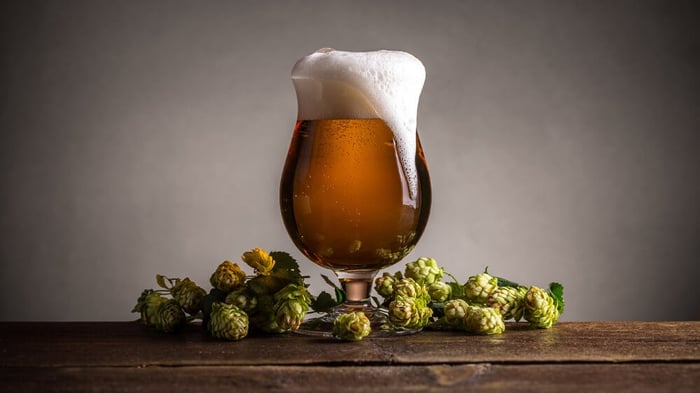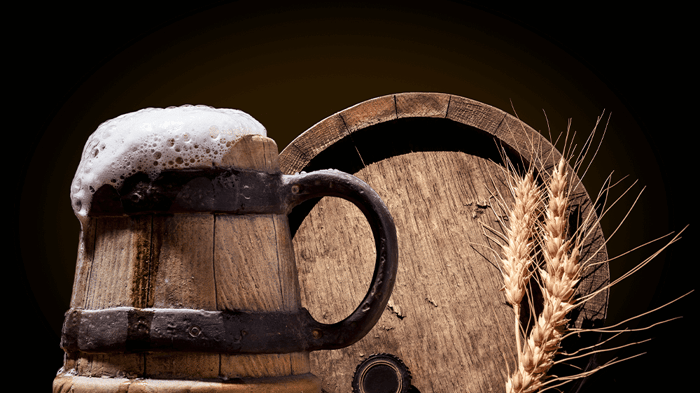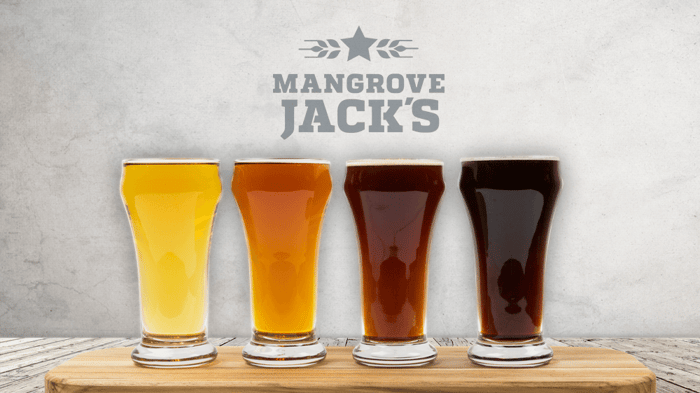It's all about the yeast as without yeast, there is no beer. So what is this tiny organism that gives us our thirst-quenching brews? And which one is the best to use?
What is Yeast?
Yeast is a single-celled organism that is responsible for turning your wort into something significantly more delicious, alcoholic and all the more pleasing. Without getting too science-y, the yeast essentially eats the sugars present in the wort - converting it into ethanol, carbon dioxide and flavour aroma compounds. Through this process it influences and creates flavour, alcohol content and carbonation.
Different types of yeast are called "strains" and each strain will impart slightly different characteristics to your brew. In the old days when beer was first produced, the presence of yeast wasn’t understood and the production of beer primarily used wild yeast, using what was available, with no repeatable results! Nowadays, specific strains and purities are used to give the exact results a brewer is after.
Yeasts can be broadly grouped into two families, ale and lager.
- Ale yeasts are top-fermenting and prefer warmer temperatures. The yeast typically used for ales is Saccharomyces Cerevisiae, which produces more fruity, spicy and earthy flavours and your beer is ready to drink sooner.
- Lager yeasts are bottom-fermenting hybrids of Saccharomyces Cerevisiae - a yeast called Saccharomyces Pastorianus. Lager yeasts prefer a slightly cooler environment and produce less esters which promote a cleaner malt and hop flavour profile. They’re best when they’ve had a couple of weeks to age and have a good crisp finish.
Dried Yeast vs Liquid Yeast
Yeast for beer brewing can be found in both liquid and dried form - both have some advantages and disadvantages:
Liquid Yeast
Advantages
- A huge number of strains are available - this is the main benefit of liquid yeast. Some yeasts can’t handle the drying process, whereas any strain can be collected and cultured in liquid form.
Disadvantages
- Significantly more expensive compared to dried yeast.
- Very sensitive to heat - if it reaches over 32°C (90°F) it’s destroyed.
- Often has a shorter shelf life.
- Cell count may be variable - make sure you check the packaging to know how much to add.
Dry Yeast
Advantages
- More affordable than liquid strains.
- Typically contains a higher cell count per package than liquid yeast.
- Has a longer shelf life - up to 3 years at room temperature.
- More tolerant of temperature, making shipping less of an issue.
Disadvantages
- Some strains aren’t available.
From a home brewing perspective, the convenience, cost and reliability of dried yeast makes it hard to go past. With more work being done to increase the range of dried Yeasts available it’s become arguably the best option for those that aren’t making large batch sizes and don’t brew regularly enough for liquid yeast to be viable.
At Mangrove Jack's we certainly appreciate being able to grab a dried yeast packet out of the fridge or random drawer in the garage (that's been taken over by brewing gear) for a cheeky mid-week brew.




